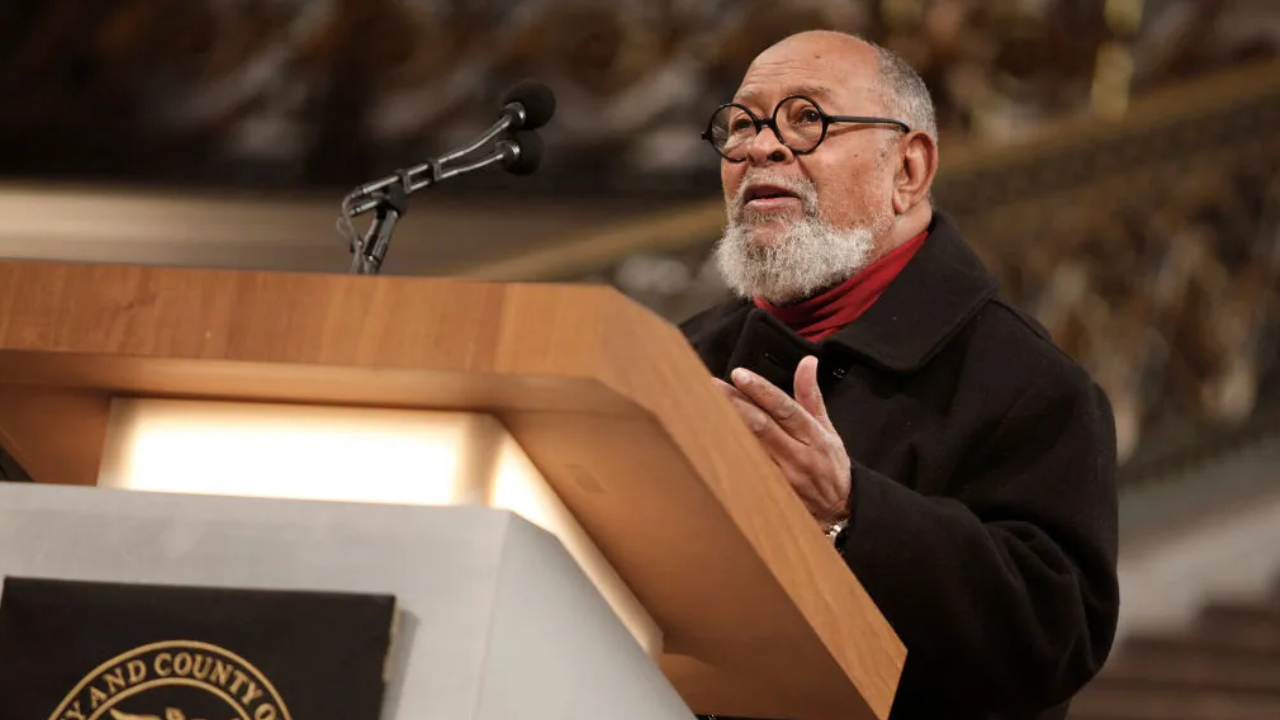Since Gov. Jerry Brown announced new water restrictions in April — to cut 25 percent of 2013 levels by 2016 — homeowners across the state have been called upon to play a part in cutting back.
Efforts to curb water use in residences across the state often focus on the shower or the washing machine, but it turns out the least water efficient appliance in households is the toilet.
According to data from the Environmental Protection Agency, toilets consume nearly 27 percent of household water, followed by washing machines, showers, faucets and leaks.
Older toilet models can use on average 5 gallons of water per flush, according to EPA statistics. But experts say fixing the problem is pretty simple: get a new one.
Newer, more high efficiency toilets carry the EPA-certified Water Sense label, which uses a maximum of 1.28 gallons of water per flush.
“The efficiency and the performance is going to [increase] tenfold. You’re going to be able to save water and money,” said Javier Almanza, a plumbing specialist at Lowe’s Home Improvement in San Jose. “Within a couple of months it’ll pay for itself.”
But the upgrade comes with a price tag. New, high efficiency toilets can range in cost from $150 - $300, plus an installation fee. However, the new appliance offers a quick return on investment, Almanza said.
Local
New models use 60 percent less water, and could shave $100 off your annual water bill, according to the EPA. Many water districts, including those in the Bay Area, provide rebates to help homeowners offset the cost to upgrade.
Homeowners can also do a number of other home improvements to cut down on water waste. New shower heads equipped with pause buttons, which start and stop the flow of water, cut down on wasted water while shower-goers lather up. Motion-sensored faucets for the bathroom and kitchen have a similar effect, and mitigate wasted water during teeth brushing and dish washing.
Looking to cut back without any additional cost or upgrades?
Karen Koppett, Senior Water Conservation Specialist with the Santa Clara Valley Water District, said there are a number of no-cost options for homeowners. Using the dishwasher instead of hand washing is surprisingly more efficient, she said. She also recommended turning faucets off completely during shaving and teeth brushing.
For those looking to get serious about cutting back, Koppett suggested placing a bucket in the tub to collect water during shower time. That water can be recycled around the house to water plants and even flush the toilet.



